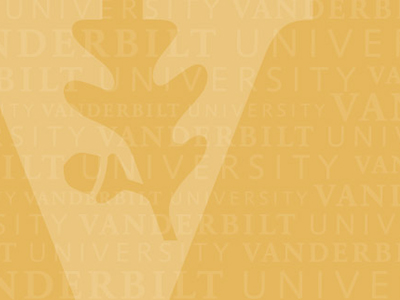Stephen Doster
-

Justin Marinko receives Karpay Award
Congratulations to Justin Marinko for being named the 2020 recipient of The Karpay Award in Structural Biology. “I am deeply honored to win the Karpay award,” Justin said. Justin joined the Sanders Lab in 2016 focusing his research on structural biology and protein folding… Read MoreOct. 28, 2019
-

Pietenpol, Wilson land Komen cancer research support
Oct. 24, 2019, 8:55 AM by Tom Wilemon Two Vanderbilt-Ingram Cancer Center (VICC) investigators have received financial support from Susan G. Komen for breast cancer research. Their projects were among 60 grants totaling $26 million awarded to researchers nationwide. Those initiatives are focused on improving outcomes for metastatic breast cancer,… Read MoreOct. 25, 2019
-

Team set to study undiagnosed congenital diarrhea in infants
Oct. 24, 2019, 9:18 AM The research team studying undiagnosed congenital diarrheas includes, from left, Matt Tyska, PhD, James Goldenring, MD, PhD, Joseph Roland, PhD, Sari Acra, MD, MPH, and Hernan Correa, MD. (photo by Susan Urmy) by Christina Echegaray Researchers and pediatric gastroenterologists at four institutions, including Vanderbilt University… Read MoreOct. 25, 2019
-

Ironing out our understanding of staph infections
By Coleman Harris Caption: “Scanning electron micrograph of S. aureus bacteria escaping destruction by human white blood cells” by NIAID licensed under CC BY 2.0. Staphylococcus aureus (S. aureus) is a pathogen that often causes the typical “staph infections” that form abscesses or boils. The pathogen maximizes its ability to… Read MoreOct. 24, 2019
-

Special delivery by nanoparticle nasal spray offers improved vaccination route
By Amanda N. Johnson Reprinted with permission from ACS Nano2019, 13, 10, 10939-10960. Copyright 2019 American Chemical Society. A recent study reported in ACS Nano adds vaccination to the list of human activities where the means to an end are just as important as the end itself. Read MoreOct. 24, 2019
-

Microscopic spines connect worm neurons
Oct. 17, 2019, 12:00 PM by Leigh MacMillan Dendritic “spines” — small protrusions on the receiving side of the connection (synapse) between two nerve cells — are recognized as key functional components of neuronal circuits in mammals. The shapes and numbers of spines are regulated by neuronal activity and correlate… Read MoreOct. 18, 2019
-

Brown elected Master of the American College of Physicians
Oct. 17, 2019, 8:50 AM by Doug Campbell Nancy Brown, MD, Hugh J. Morgan Professor and chair of Vanderbilt’s Department of Medicine, was recently elected a Master of the American College of Physicians. Nancy Brown, MD Brown is stepping down from her role as the department’s leader to become… Read MoreOct. 18, 2019
-

New faculty Nancy Carrasco: From one side of the membrane to the other
Sep. 29, 2019, 8:23 PM MyVU is spotlighting a select group of new faculty for 2019-20. Read more profiles in the series. By Lorena Infante Lara Nancy Carrasco knows how enriching an experience living abroad can be. Originally from Mexico City, she earned an… Read MoreOct. 10, 2019
-

New faculty Houra Merrikh: On a collision course with antibiotic resistance
New faculty Houra Merrikh: On a collision course with antibiotic resistance Sep. 29, 2019, 8:59 PM MyVU is spotlighting a select group of new faculty for 2019-20. Read more profiles in the series. By Lorena Infante Lara Houra Merrikh distinctly remembers the day the… Read MoreOct. 10, 2019
-
